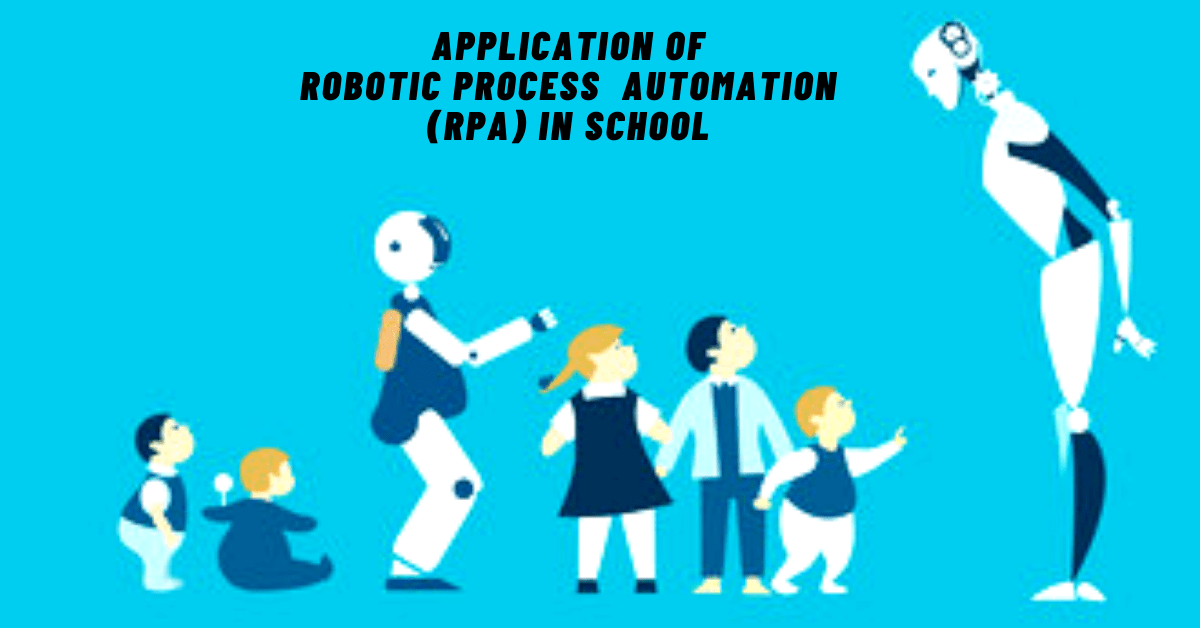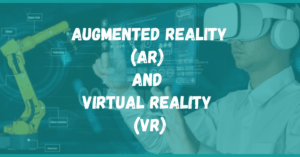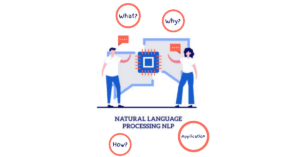RPA, or Robotic Process Automation, is a technology that integrates in various industries. However, RPA application in schools has several exciting use cases and is a relatively new concept. Let’s find out how RPA can improve processes in schools.
What is Robotics Process Automation?
RPA (Robotic Process Automation) is a software technology anyone can use to automate digital operations. RPA automates basic activities that once required human intervention – often repetitive and time-consuming. That is also how RPA promises to increase organizational efficiency. RPA allows businesses to automate daily tasks like data extraction, invoice processing, portal query pricing processing, consumer data validation files, and other manual task.
Every industry can use RPA uniquely to reduce manual labor and work with the data to profit the company and ensure the manual force is as needed. It also utilizes tools such as Uipath, Blueprism, Automation Anywhere, etc.
Robotics Process Automation (RPA) in Schools
The education sector is the least interested in understanding this rapidly rising and complicated trend. We observe teachers using tried-and-true methods to keep track of attendance, such as pen and paper, manual grading systems, or student progress reports. Teachers must devote significant time and effort to creating techniques to improve the learning environment for students while providing excellent instruction, which can be a difficult task at times.
RPA, as we all know, plays a critical function in today’s school system, from minimizing paperwork to manual processing. RPA in education helps administration automate tasks and processes that would otherwise be complicated and time-consuming. It could be anything from connecting people over multiple channels through the cloud-based application to Admissions, Attendance, meeting scheduling, Assignment, Grad9es, Admin, Budget, Web application, or Portable applications.
Might be of your interest: -> Is IPA different from RPA? -> Applications of RPA in Retail
Application of Robotic Process Automation (RPA) in School
As we are discussing RPA applications, it’s critical to understand what the automation tools achieve. RPA is an automation method in which tasks and processes help eliminate human interference, allowing the user to be more creative and efficient. Let us look at how educational institutions might profit from RPA.
Enrollment Process
Enrollment of students is one of the main processes in the educational sector. It requires too much time and perfection. The paperwork makes it more problematic, and a single missing document can create a mess. Thus, Robotic Process Automation can easily replace this process from checking the form to validating the documents, checking eligibility criteria, and deciding whether to register a student. Robotic Process Automation can make this entire process easy for us.
Attendance
Daily tasks like keeping attendance track are tedious yet essential in every educational institute. Attendance is a prominent process in any organization to keep records. At the end of the month, the administration received bundles of paper on students’ attendance. It is too difficult to check the record from tons of paper. Robotic Process Automation can make this complicated task easy. RPA helps you record the time of clocking in and clocking out. It can also help in various calculation parts.
Fee Generator
Fee Generator is a feverish process in any educational sector. There are different types of students; some study on a scholarship, while others are on financial aid. Some students attended MUNs and other co-curricular activities, and others did not. So, generating the fee challan is a challenging task. Robotic Process Automation can make several fee slips without any hustle that helps a lot in the accounting department.
Scheduled Meetings
Scheduled meetings could include planning updates or meetings or sending invites to attendees. It might be a time-consuming task in the event of a cancellation or delay. RPA programs can easily automate tasks to save time. Notify students and faculty about the meeting, schedule meetings, and send invitations to all. RPA tools can also send reminders with any required attachments.
Responding to Inquiries
Students have a lot of questions in the first stages. Every kid asks the same naïve question, which irritates the teacher. Robotic Process Automation (RPA) has the potential to simplify these complex challenges. So you can respond to their inquiry, monitor them, and assist them in optimizing their schedule.
Progress report
Teachers plan progress reports for each student and analyze student assessment papers. Making progress reports is time-consuming and repetitive, and RPA can be of excellent service in this situation.
When the scores are stored electronically, the RPA tools will extract the data from the data set, enter the details into the report card, and distribute the reports to students. Teachers, on the other hand, would not be obligated to complete this repetitive activity. They can focus on more productive tasks.
Co-curricular Activity
Co-curricular activities rely heavily on robotic process automation. RPA can manage everything, from arranging the game plan to selecting teams and players and agreeing on dates. Robotic Process Automation can help with employee onboarding and offboarding, achievement monitoring, and graduation progress.
Conclusion
Application of Robotic Process Automation (RPA) in school systems is highly beneficial. RPA also provides other advantages, such as cost savings, and allows us to educate machines to accomplish tasks while reducing human costs. RPA applications have increased productivity as the work is more efficient than humans. Moreover, the execution is speedier and potentially saves data in the long run.




